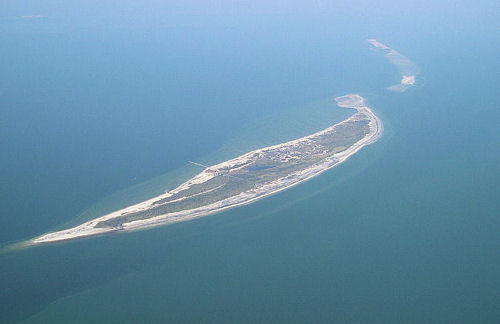
Born in the late summer of 1866 in Mora County, the northeastern part of New Mexico, Virginia would be one of the few Anglo families raised in a predominantly Mexican and Pueblo region. Just outside of Santa Fe and Las Vegas, Fort Union was established as a protection post for the Santa Fe Trail. Contrary to the family lore as recited and written in a letter by great-grandson, Ron F. Hagquist, Virginia’s family did not come from Virginia, her father was not a judge, and he did not have three daughters of whom he dragged all the way out west after being heartbroken from his wife’s death. In attention to, one has to question about the nature an Indian attack on the Santa Fe Trail, not providing a date or offering a location despite that the Utes and Apaches did have quite a terrorizing reputation. Between local newspapers, and good old fashion U.S. census, the only information that was correct had be the fact her father was indeed widowed, but only had two daughters, and he worked in the milling industry, not in the judiciary facet.
Virginia’s father, Isaac Newton Buster of Pulaski County, Kentucky had been a handful of white settlers seeking a way out of poverty. By the age of 18 in 1855, five years after New Mexico officially became a U.S. territory, he followed the Santa Fe Trail for a new life. Mora County supplied grains to feed soldiers at Fort Union, Isaac being among them by working as a miller, and later in life, possibly a mill owner. He kept neutral during the Civil War, avoiding enlistment on either side as there are no records of military service, and New Mexico Territory abolishing slavery from its province by 1863, a year ensuing a failed attempted by the Confederacy to take over. At the beginning of 1864, he married a native born New Mexican, Dorloitas Dillet, thirteen years younger than him. Virginia was about six or seven when her mother died, and her only sister, Mary, was a toddler. Within a year or two, her father remarried exactly ten years after his first marriage to a Josefa, another New Mexican native, but eighteen years his junior. By 1876, as Colorado shifted into statehood, Isaac moved his family to be near the coal industry of Trinidad, to supply grains to the miners, only 130 miles away. Virginia would brave her third life changing event in another four years by becoming a child bride, after her family returned to Mora County where she married. The 1880 census revealed bit of a blended house with her father and sister, half-brother, step-mother and even her step-uncle, who was a widower and also working as a miller, all living under the same roof, an indication of financial struggles as well as personal ones.
Virginia grew up in an environment when girls married young, and married men a lot older than themselves. Did her experiences differ from the rest of the country? The 1880 census revealed that 11.7% of wives were between the ages of 15 to 19, but in New Mexico, influenced by poverty, religion, and cultural mixing, the rates were far higher. Point in case, her mother-in-law was 40 years younger than her father-in-law. Pressure exacerbated by expectations to marry, to marry while still in her teens, and to become a wife confined to the home, thereby maintaining traditionalism, Virginia finished her fourteenth year in marriage, and already Catholic when her father had converted to Catholicism from his marriages.
Because Virginia Buster's father worked in the mill industry, his connections opened an opportunity for her to meet someone like Félix Martínez; someone who definitely had been considered quite the catch. Handsome, gleaming a smooth and oblong face that sported a fashionable goatee like Paul Gauguin's, intensely dark eyes widen with wonderment and intelligence, honorable, and prominent while still exploring ambitions as tall as the Taos Mountains, Isaac and Virginia were easily smitten. Not only could Martínez trace his linage to colonial Spain, his ancestors living in the New World longer than the Busters, he also had two distinctive features that set him apart from the New Mexican Hispanic and pueblo community: one, he had light skin, and two, he acquired wealth quickly. In turn, the shy girl whose diamond face, hazel eyes, and thinly, stretched smile caught his attention. Her inexperience and innocence, tied to the mercantile industry that he and her father were a part of, solicited a match. Whether the pressure for Virginia to marry young was influenced by a blended household filled by a desire to escape from, especially being sent to a convent, or she was deemed of marriageable age, her wedding photo revealed uncertainty, and even a hint of sadness in her eyes, in spite of the lavish dress she was furnished in, promising her future of unimpaired wealth and prestige. The family story even revealed that the photographer told her to smile, that she was beautiful and had to smile. With a nine years difference between them, at least the gap was narrower than her parents, and especially her in-laws, reasonably forging a better match. They would have seven children, three daughters and four sons; and Virginia would be 31 with her last child.
Buster's father worked in the mill industry, his connections opened an opportunity for her to meet someone like Félix Martínez; someone who definitely had been considered quite the catch. Handsome, gleaming a smooth and oblong face that sported a fashionable goatee like Paul Gauguin's, intensely dark eyes widen with wonderment and intelligence, honorable, and prominent while still exploring ambitions as tall as the Taos Mountains, Isaac and Virginia were easily smitten. Not only could Martínez trace his linage to colonial Spain, his ancestors living in the New World longer than the Busters, he also had two distinctive features that set him apart from the New Mexican Hispanic and pueblo community: one, he had light skin, and two, he acquired wealth quickly. In turn, the shy girl whose diamond face, hazel eyes, and thinly, stretched smile caught his attention. Her inexperience and innocence, tied to the mercantile industry that he and her father were a part of, solicited a match. Whether the pressure for Virginia to marry young was influenced by a blended household filled by a desire to escape from, especially being sent to a convent, or she was deemed of marriageable age, her wedding photo revealed uncertainty, and even a hint of sadness in her eyes, in spite of the lavish dress she was furnished in, promising her future of unimpaired wealth and prestige. The family story even revealed that the photographer told her to smile, that she was beautiful and had to smile. With a nine years difference between them, at least the gap was narrower than her parents, and especially her in-laws, reasonably forging a better match. They would have seven children, three daughters and four sons; and Virginia would be 31 with her last child.
But there’s more to their story. The family legend described how Martínez had lost his business in an all-consuming fire, but he was able to retrieve coins from the ashen rubble. A week later he went to the Sacred Heart Convent to ask Virginia’s hand in marriage, offering a blackened silver dollar as a promise to not only rebuild his wealth, but to become one of the wealthiest men. Her great-grand son, Hagquist, had questioned the authenticity of the tale, but when he found a bag of coins in mint condition with the exception of one, darkened and warped, and dated 1879, he became a believer. Another story in print suggested the fire happed six days before their wedding date.
Named after his father, Martínez was born in late March of 1857, the same month when the Dred Scot case ruled that Black Americans weren’t recognized as citizens and when John Breckinridge became vice president, (the one John David Buster of Kentucky’s 3rd Kentucky Infantry attempted to arrest Breckinridge for treason in 1861.) Despite that New Mexico had a low percentage of whites living in the territory, however since emerging to the U.S., all future governors were of Anglo descents appointed by each sitting president. The status of race ripened into separation of power, slowly undoing equal partnerships between Euro Americans and Mexican Americans at the seams, tearing completely by the 1920’s. The pueblo Indians, however, have always been considered at the bottom of the barrel; a misunderstood peoples that persists well into today, therefore, the notion of race has an acute history. Not only was Virginia’s mother and step-mother listed as “white” in the census, even though being of mixed heritages, Martínez and his family were listed as “white” as well.
The 1880’s revealed a rising concern in attitudes. An article written by Edmund F. Dunne, an American politician and jurist who served as Chief Justice of the Supreme Court of Arizona Territory, laid out his defense for people of New Mexico:
In your article yesterday on “The New Mexican Scandal,” … You are entirely mistaken in supposing that the people of New Mexico to whom you refer to as Indians with only about one-quarter admixture of white blood. The small contingent of Spanish blood mixed with the great body of native, producing only a mongrel race with all its vices and none of the virtues… That’s where you are wrong. The old Spanish settlers of New Mexico and their descendants have shown as much pride of race, as high regard for the purity of their blood as any other people that ever set foot on this continent.. You can go through New Mexico to-day and you will find that notwithstanding three hundred years of Spanish contact… the old families have preserved the genius Spanish type with remarkable purity… Go to New Mexico and mix… and you will find, not the little, black, weazened cut throat, murderous greaser type, mestizos, zambos, and outlaws… Having lived more than a year in New Mexico… I feel it my duty… to give my opinion, found on experience, as against yours…
In spite of his effects to sound conscientious and supportive, due notice that Dunne not only excluded the pueblo community entirely, emphasizing on the European connection, but also reinforced bigoted language. The Albuquerque Morning Democrat had argued again and again to have its people recognize as citizens, stating, “We do not hesitate to say that the Mexican population of this territory includes honorable, intelligent, refined and dignified gentlemen and ladies, and they should be accorded all the rights that pertain to citizenship.” It was a circumstance where the minority imposed distrust, and the main reason why it took over six decades for New Mexico to become part of the U.S. This type of prejudice would inspire Martínez to up his game.
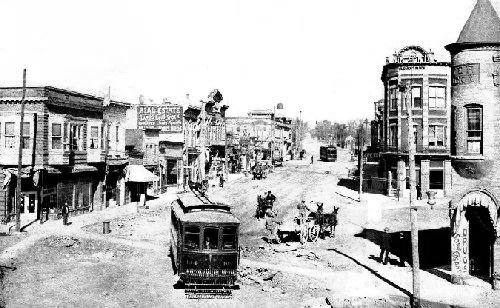
But before full segregation divided Mexican Americans among Anglo Americans, Martínez flourished. Northern New Mexico had escaped the violence inflicted by the Lincoln County War and Geronimo’s defiance, allowing him to peacefully advance; although Las Vegas had its fair share of outlaws passing through, entertained by dance hall girls and gambling brought on by the railroad. People like Doc Holiday, Jesse James, Billy the Kid and the like had passed through the next biggest town between Independence, Missouri and San Francisco. Gunslingers, shootouts, and lynched mobs were not absent from the scene, and while Martínez stayed clear from those associations, he may had been attracted to assisting in civilizing the town’s rough edges.
The level of his success depended on both his ambitions and the color of his skin. Because his European ancestry made him appear lighter skinned than most, plus staying out of the sun by working his way up in the mercantile industry, his shrewd business mind and work ethics were not only recognized, but also rewarded. Starting out as a low level clerk, his business degree from St. Mary’s College improved his chances to climb-up the ladder as he continued studying business in Pueblo, and soon rose to partnership within less than a decade. His education opened him both Spanish and English; an ability to navigate in two cultures. The Busters more than likely crossed his path in Trinidad, Colorado just before he returned to El Mora, New Mexico and thus, continued the relationship by the time the Busters had also returned, a mere 30 miles between them. A year before his marriage, Martínez sold his partnership to establish his own, alongside of building a cattle business to compliment his wealth. The fire did not hinder his ability to reclaim his success, and neither did the expansion of the Santa Fe Railroad.
Martínez’s ambition outgrew commercialism. While his riches celebrated his reputation, he felt he had a higher calling: politics. In 1886 he was first elected at country treasurer, then Territorial House of Representatives two years later, all under a Democrat seat. New Mexicans of the Democrat persuasions tended to be the elite, in which, Martínez, surely was part of. Since becoming a territory, New Mexico experienced factions that essentially boiled down into two short-lived parties from the nuevomexicano elites: the Native majority and the wealthy Pro-American minority. The Hispanos longed to keep the status quo while the Pro-Americans longed for expansion, and aggressively pushed for modern land grants which overrode Spain’s and Mexico’s original land grants to the pueblo communities. The land grabs of New Mexico mirrored in the same practice as to what happened in Oklahoma.

Between Martínez’s real estate, timber, and cattle industries, these investments afforded him to purchase a newspaper out of Santa Fe called, La Voz del Pueblo, translation: “The Voice of the Community.” Relocating the publication to Las Vegas, he fulfilled both roles as president and editor. His motivation was to inform the community about the going-ons from within, (announcements, advertisements, etc.,) but, most importantly, his articles focused on many serious issues such land-grabbing of communal land owned by the Pueblo peoples, double standards within the law, wages gaps, and inequality of living standards between the Anglo-Americans and nuevomexicano. His moral obligations shifted into political ones. And people knew him, respectfully referring him as “Don Félix.” His children would refer him as “the Governor” not only due to his involvement in the community, but also because he was strict disciplinary, owning a specific tall, wooden chair he utilized for “the lecture chair”. After finishing his four years as clerk of the U.S. and Territorial Courts for the 4th Judicial District, he had bigger plans than little Las Vegas. He met William Brian Jennings during the 1896 Democrat Convention in Chicago, and a year later, he and his family moved to 236 Tobin Place in El Paso, Texas.
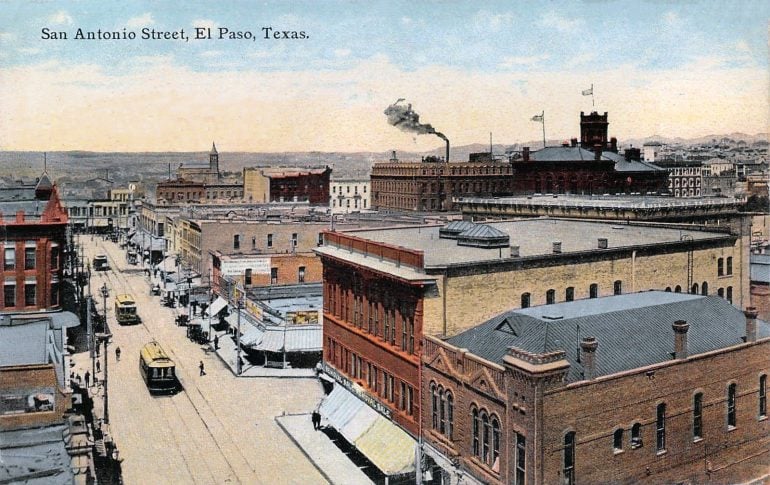
He left his home because he wanted more political influences. The fight for New Mexico’s statehood lingered much longer than it should have, a frustration Martínez no doubt grew weary of, so, when he resettled, El Paso seemed more promising for his career. Not to mention that Texas was strongly a Democrat powerhouse, unlike New Mexico Territory. Why would Martínez become a Democrat when, at the time, Democrats were former Confederates? Remember, politics from over a century ago had different viewpoints than today. At one point, the Democrats were the ones who held onto the beliefs of states’ rights and minimal government involvement, perhaps playing into Martínez’s favor as a capitalist and as a citizen of New Mexico; however as a community leader, the Populist movement also intrigued him. He probably wasn’t too happy with the railroads having control over how much to charge businessmen, as well as passengers, for using transportation of its services, especially for the goods and cattle industries. Not to mention the civil rights aspect which could help advocate his status as an American with a Mexican linage. He had hoped to merge the Populist movement with the Democrats; a conviction he held onto until his death. A reformer in some ways, and a traditionalist in most other ways. Despite defending farmers, ranchers, local businessmen, and his Mexican American heritage, and pushing to end gambling and prostitution, unfortunately women were excluded from his campaign for equality despite publicly acknowledging women’s influences in society later in his life. Black Americans were excluded entirely.
He chose El Paso as another opportunity, perking his interest to help civilize the growing wild town as he had done so in Las Vegas. And it was no coincidence El Paso perked his interest. He remained close to his Mexican roots, sitting on the boarder of the U.S. and Mexico, to advocate harmony and equality between the two races. Martínez likewise had a keen sense that El Paso would grow much more quickly than Las Vegas, brought on by the El Paso and Southwestern Railroad and where the border town sat. He continued his habit of owning the local newspaper, El Paso Daily News, invested into real estate by opening El Paso Realty Co., co-organized the chamber of commerce, but then, took his roles a bit further: he purchased El Paso-Juárez Railway Co. while serving as several directors within the community, and doggedly assisted to facilitate a dam for irrigation from the Rio Grande and filter proper sewage for its citizens.
He ran for senator in 1912, and not surprisingly, he lost. The reasons weren’t necessarily tied to his political ideals, but rather to a somber truth: because he was of Mexican origin. Anglo Americans who held political power couldn’t conceive it, regarding him as a second class citizen in spite of his wealth. The first Mexican American to win the senate seat was Octaviano Ambrosio Larrazolo in 1928 from New Mexico. For Texas, it wouldn’t be until 1956 with Henry González, two years following the civil rights case, Hernandez v. Texas, which finally confirmed Mexican Americans as U.S. citizens and, thereby, having equal protection under the 14th Amendment. Another example the bigotry Martínez endured came down to purchasing a car. When he arrived at one of the only two automobile establishments in El Paso, he wasn’t too concerned about changing his work clothes after inspecting his irrigation on his ranch. He waited for the salesman to assist him, but during the wait, he was completely ignored. Martínez marched across the street to the other dealer where he purchased a Cadillac—fully in cash. That Cadillac owner, C.P. Henry, would later become his son-in-law, by the way. Martínez then drove to the first dealership to not only show the commission the dealer missed out, but also, to tell him off.

His senate loss didn’t prevent him from severing a public life. The Mexican Revolution would personally affect their family. Already having political experiences in negotiations, including acting as interpreter between then President Taft and President Díaz in 1909, he was called upon again. When Díaz decided not to retire from politics and ran again in 1910 to which he put out a summons for his opponent’s arrest, and called himself the victor, the dictator unleashed a rebellion against him. Extreme poverty and debt peonage allowed a bandit to become a folk hero. With the help of Poncho Villa, who captured the city of Juárez, Díaz resigned and Francisco Madero became the new president by 1911. Madero wasn’t equipped to handle the political stage, and another rebellion went against him, with Díaz plotting from behind the curtains. Poncho Villa was arrested and imprisoned for theft of a mule, although he managed to escape into the U.S. He had planned to warn Madero about a plot to overthrow him while Villa was imprisoned, but it was too late. Madero was assassinated by March of 1913.
During this upheaval, Poncho Villa took advantage of the instability and often raided across the Mexican/ U.S. border to fund the on-going revolution. If the family story is true, then the mayor of El Paso requested if Martínez could establish a peaceful agreement with Poncho Villa and his militants from raiding the border town. He met the infamous bandit on the outskirts of Juárez where they exchanged pistols as a symbol of harmony. The Colt .38 revolver had remained with the family for quite some time; the grandson would eventually inherit it. Being the portraits and biographies of the progressive men of the West and Who's Who on the Pacific Coast supported Martínez’s 1911 peace attempt between Madera and Díaz, and since Villa supported Madera, it could have been a plausible family story. The revolution bled into El Paso in the spring of 1911, and that was why Martínez was called upon. But peace wouldn’t happen for another ten years, and so, as the fighting persisted, so did the raids.
The instability affected Martínez’s oldest daughter, Flora, the most. She married an employee of apothecary, essentially a pharmacist, Matias P. Hernández in 1898, one year after Klondike, Alaska in search of prosperity. In 1901, they moved to Juárez, Mexico, where Hernández worked for the Saminego drug store, and began a rather successful career. Hernández, being a member of city council, was marked for death in 1913. They crossed the border, leaving behind his property where Villa raided his store and slaughtered some of his horses for food. They took their three young sons, ages from one to eight years old. Unable to return to Mexico, Flora and Hernández moved on her father’s acreage in New Mexico to farm as a living. In 1919 they attempted to clean up the mess left behind, eventually relinquishing their properties while they were forced to rebuild their lives in El Paso.
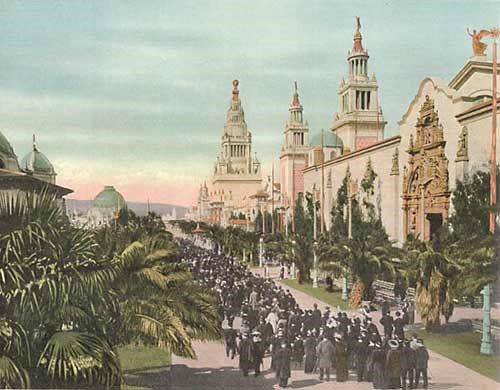
Meanwhile, in 1913 Martínez was called upon once more, this time to serve as an ambassador in South America, and at the Panama-Pacific International Exposition the following year under the authority of by his friend, Secretary of State, William Jennings Bryan. The goals were to bring partnership and diplomacy for the Panama Canal project which was planned to be completed within the year after a decade worth of construction. He bumped into Teddy Roosevelt during a hunting trip in Argentina and later watched Roosevelt’s flamboyant daughter, Alice Longworth, from a distance smoke cigarettes with the men in a cigar parlor while in Panama, much to his shock and distaste. Martínez revealed his opinion in a letter that survived, stating, “She, the daughter of a great man, looked like thirty cents of Panamanian money compared to the well-behaved South American ladies.” Irony would follow when one of other his daughters, Reyes, (and the one who married the Cadillac dealer,) would become a “thirty cents of Panamanian money” after his untimely passing in 1916, and eight months before witnessing the first woman elected into Congress. This would be four years before women could vote on a federal level. It would have been interesting to know whether Virginia agreed with him or not, or eventually sided with the changing times.
Martínez’s dogged morality had rubbed many people the wrong way. He mobilized the platform of his newspaper as one method to shut down 162 saloons, cleaning up El Paso against gambling and prostitution. Often he would receive death threats which motivated him to carry a cane and a silver whistle. One family lore told a story of an attempted assassination, but specific details of how, where and when were absent and no other resources can be found to verify the story. Because he was a man of peace he never toted a gun around the town in spite of El Paso’s reputation. One of his peers described him as such:
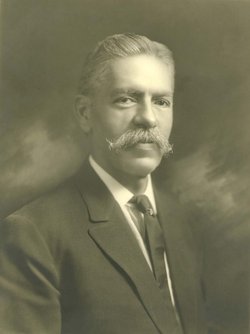
Félix Martínez kept his private and domestic affairs very much to himself. But he did not hesitate to talk about his philosophic, religious, or ethical beliefs—indeed, he was something of an apostle, an evangelist, of his own particular cult of thought and belief. He had a religion of his own, and was orthodox in nothing, except in a belief in a Supreme Being, in the brotherhood of mankind, in the essential justice of the universe, in final rewards and retributions, and in progress. He was a great reader and student of philosophy and history, and speculated much in realms of thought seldom invaded by the average man.
At the end of his life, he assisted in establishing El Paso Public Library, what would become University of Texas, and the Elephant Butte Dam. Pneumonia took his life in March of 1916 when he was 58. On his death certificate, under “color or race,” he was listed as American, and his occupation as capitalist. Inarguably, he was the utmost influential Hispanic of his time. A building at the New Mexico Highlands University is named after him. Virginia would outlive him by 50 additional years, almost reaching to the age of a hundred, and watching the growth of El Paso change from the Six Shooter Capital to Sun City, and would produce the best Tex-Mex cuisine in the state.
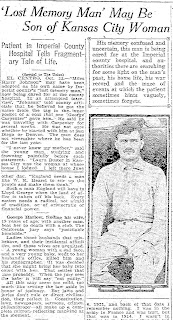 The photo revealed a young man with a square jawline and broad nose, a fashionable Clark Gable mustache, his eyes slightly uneven. The paper went on: “His memory confused and uncertain, this man being cared for at the Imperial County Hospital, and authorities are searching for some light on the man’s past, his home life, his war record, and the maze of events at which the patient sometimes hints vaguely, sometimes forgets.”
The photo revealed a young man with a square jawline and broad nose, a fashionable Clark Gable mustache, his eyes slightly uneven. The paper went on: “His memory confused and uncertain, this man being cared for at the Imperial County Hospital, and authorities are searching for some light on the man’s past, his home life, his war record, and the maze of events at which the patient sometimes hints vaguely, sometimes forgets.”










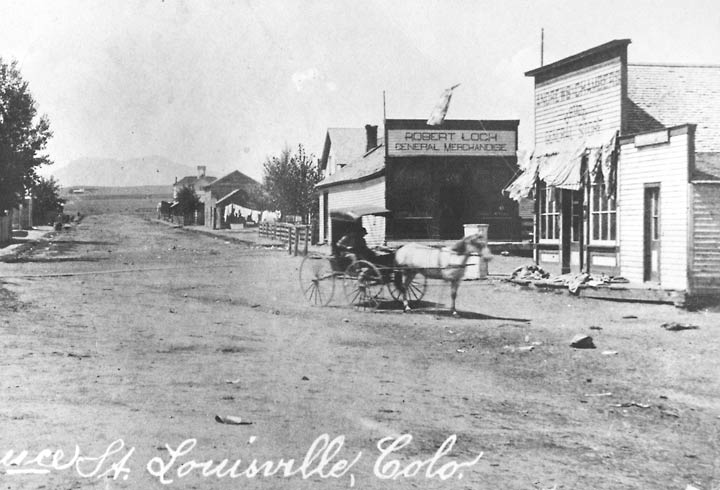




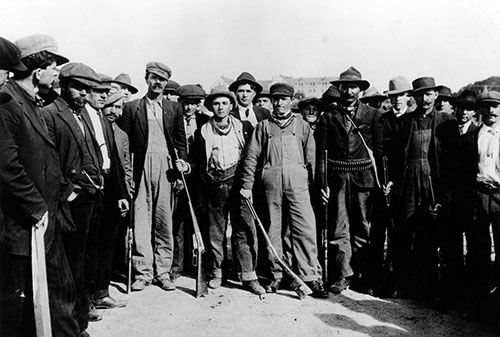
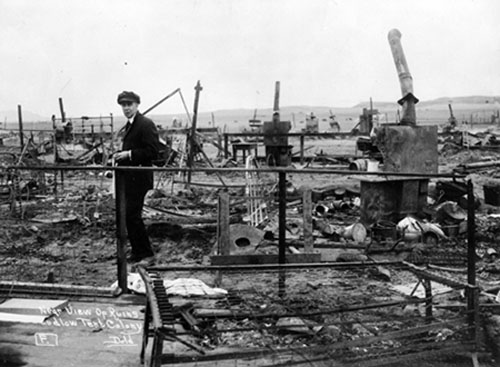
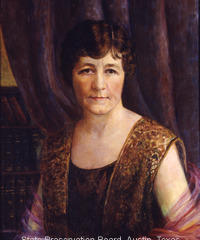
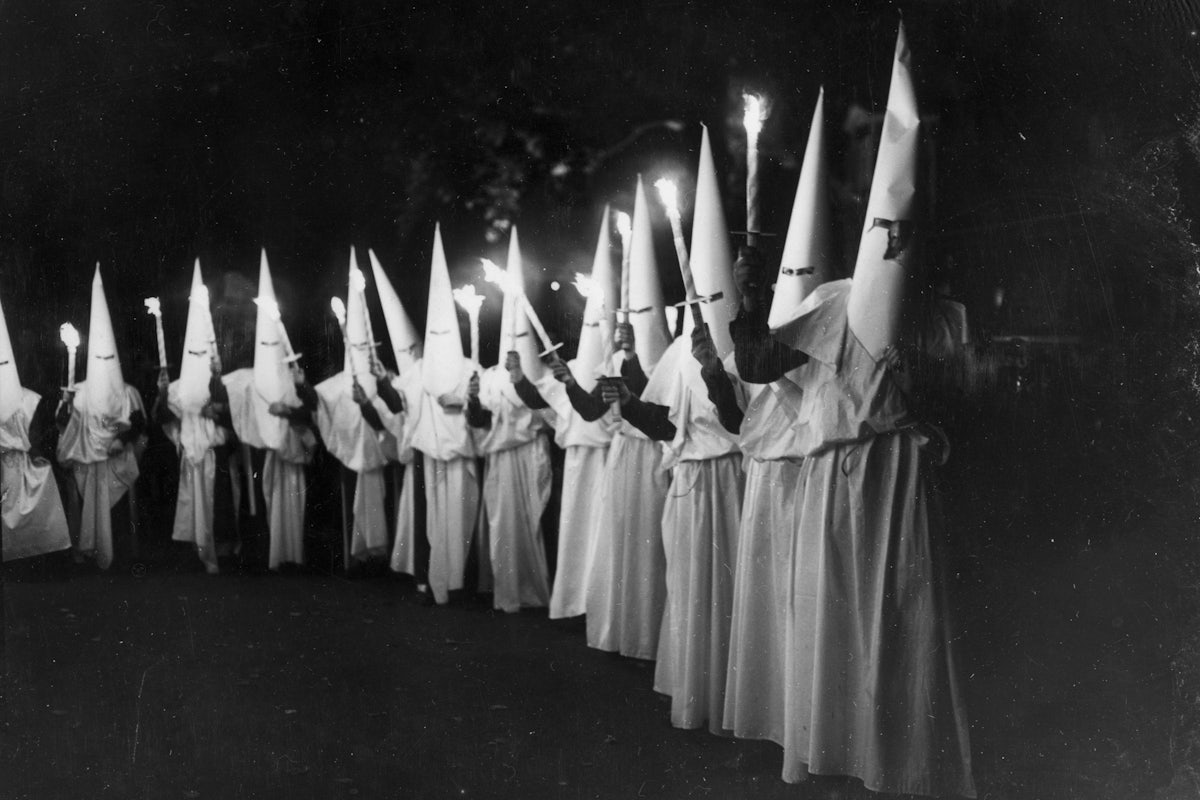



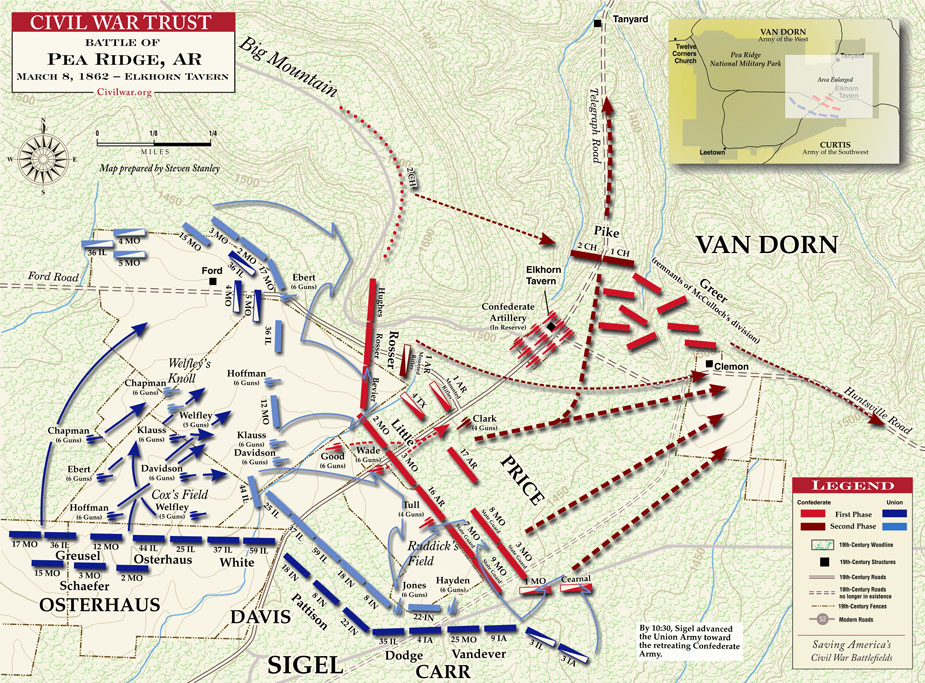


_(14759557101).jpg)
